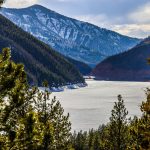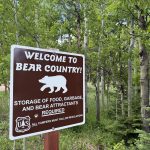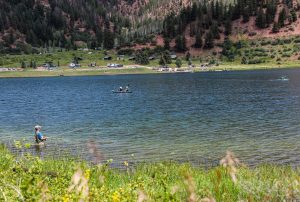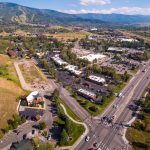After a hot, dry summer, reservoir levels across Colorado are below average
Recent rain has helped saturate soils, but little of that precipitation flowed into reservoirs, according to a U.S. Department of Agriculture hydrologist
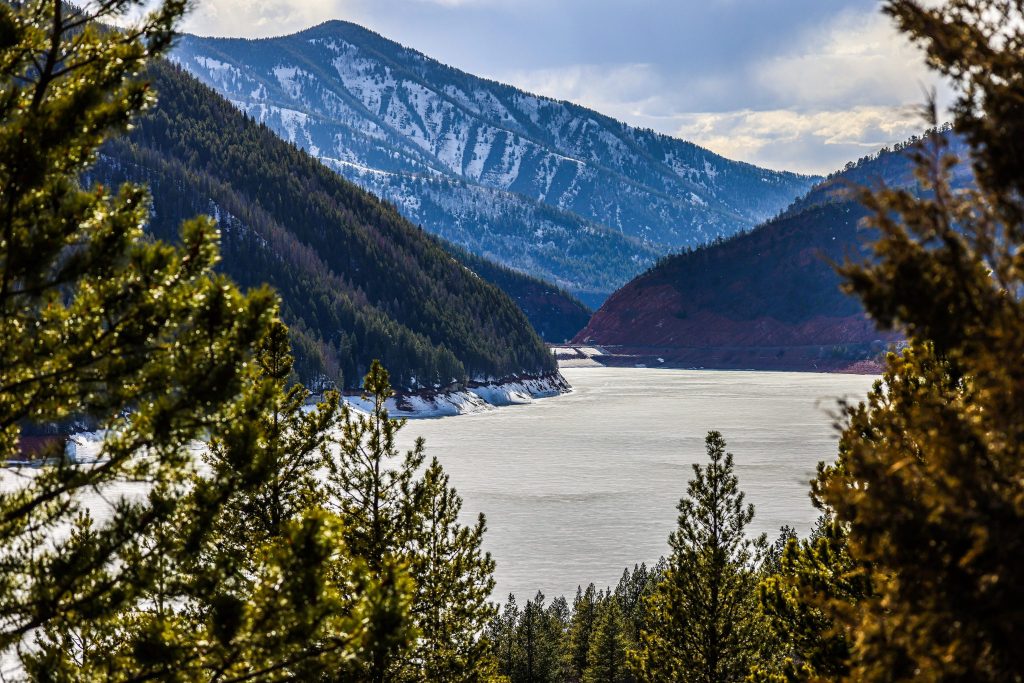
Austin Colbert/The Aspen Times
Reservoir levels across Colorado are below average, with those in the northern part of the state faring better than those in the southwest.
Statewide, reservoirs were 54% full at the end of August, compared to 63% full at this time last year, according to the U.S. Department of Agriculture. That is just 79% of the median, compared to 93% of the median at the end of August last year.
“If we have another poor winter that is going to impact reservoir conditions and water availability next spring, next runoff season for sure,” said Nagam Bell, a hydrologist with the Department of Agriculture National Resources Conservation Service.
Thanks to a strong snowpack two winters ago, Colorado’s reservoirs “weren’t in as dire of straits” to start this summer, Bell said. But a poor snowpack this past winter, followed by a hot, dry summer, has made things worse, she said.
Reservoirs in the San Miguel-Dolores-Animas-San Juan River Basin in Colorado’s southwestern corner were at 65% of the 30-year median at the end of August, according to the Department of Agriculture. In that basin, the Navajo Reservoir, which spans parts of Colorado and New Mexico, is about 53% full. Meanwhile, the McPhee Reservoir is about 51% full.
At the end of August, reservoirs in the Gunnison River Basin, also in the southwestern part of the state, were at 73% of median. That basin includes the Blue Mesa Reservoir, which is 56% full, according to the Department of Agriculture.
But in the northern part of the state, reservoirs in the Yampa-White-Little Snake and Colorado Headwaters river basins were both at 90% of median at the end of August. In the Colorado Headwaters Basin, Lake Granby is 87% full and the Dillon Reservoir is 88% full.
“Dillon and Granby (reservoirs) are all doing pretty well,” Bell said. “So it’s just mainly those southern western slope reservoirs, like Blue Mesa and McPhee, which are struggling. Hopefully, snowpack conditions in the winter can boost that.”
Precipitation during the current water year — the 12-month period that runs from Oct. 1 to Sept. 30 — has been below normal, at 84% of median, Bell said. So far this water year, only two months, November and May, have seen above-normal precipitation, while most months have had significant precipitation deficits, she said.
Statewide, precipitation accumulation has averaged just over 25 inches since the start of the year, below the median of about 30 inches for this time of year, according to the Department of Agriculture.
That puts this water year in the bottom 11th percentile on record, meaning that 89% of water years on record have had more precipitation by this time, Bell said. “Conditions are dry is what that means,” she said.
While much of Colorado’s Western Slope saw between 1.5 and 3 inches of rain in about the last two weeks, Bell noted that much of that rain did not make it to the reservoirs because the soils were so dry that most of it was absorbed. Streamflows in August were only 42% of normal, an indication that even with the return of monsoonal rains, less water was making it into the state’s reservoirs, she said.
In parts of the state, including in the Arkansas, South Platte and Gunnison river basins, average soil moisture dipped to historic lows this summer, according to the Department of Agriculture. But significant rain toward the end of August helped return soil moisture to near-normal levels in river basins across the state.
With soil moisture now near normal statewide, Bell said any additional rain in the coming weeks is more likely to make it to the reservoirs. With some precipitation in the forecast for the next two weeks, she said that she is hopeful that reservoirs in the state will see a boost.
But the long-term forecast is less certain about the potential for precipitation, Bell said. She noted that if the soils remain moist heading into winter, that will mean more runoff next spring will make it into the reservoirs, while if the soils dry up, more of that runoff will be absorbed before it can make it to the reservoirs.
Ultimately, to get reservoir levels back to normal, Bell said the state will need a good snowpack this winter.
Approximate Reservoir Capacities
Navajo Reservoir – 1.7 million acre feet
Blue Mesa Reservoir – 940,000 acre feet
Lake Granby – 539,000 acre feet
McPhee Reservoir – 381,000 acre feet
Dillon Reservoir – 257,000 acre feet

Support Local Journalism

Support Local Journalism
Readers around Steamboat and Routt County make the Steamboat Pilot & Today’s work possible. Your financial contribution supports our efforts to deliver quality, locally relevant journalism.
Now more than ever, your support is critical to help us keep our community informed about the evolving coronavirus pandemic and the impact it is having locally. Every contribution, however large or small, will make a difference.
Each donation will be used exclusively for the development and creation of increased news coverage.




